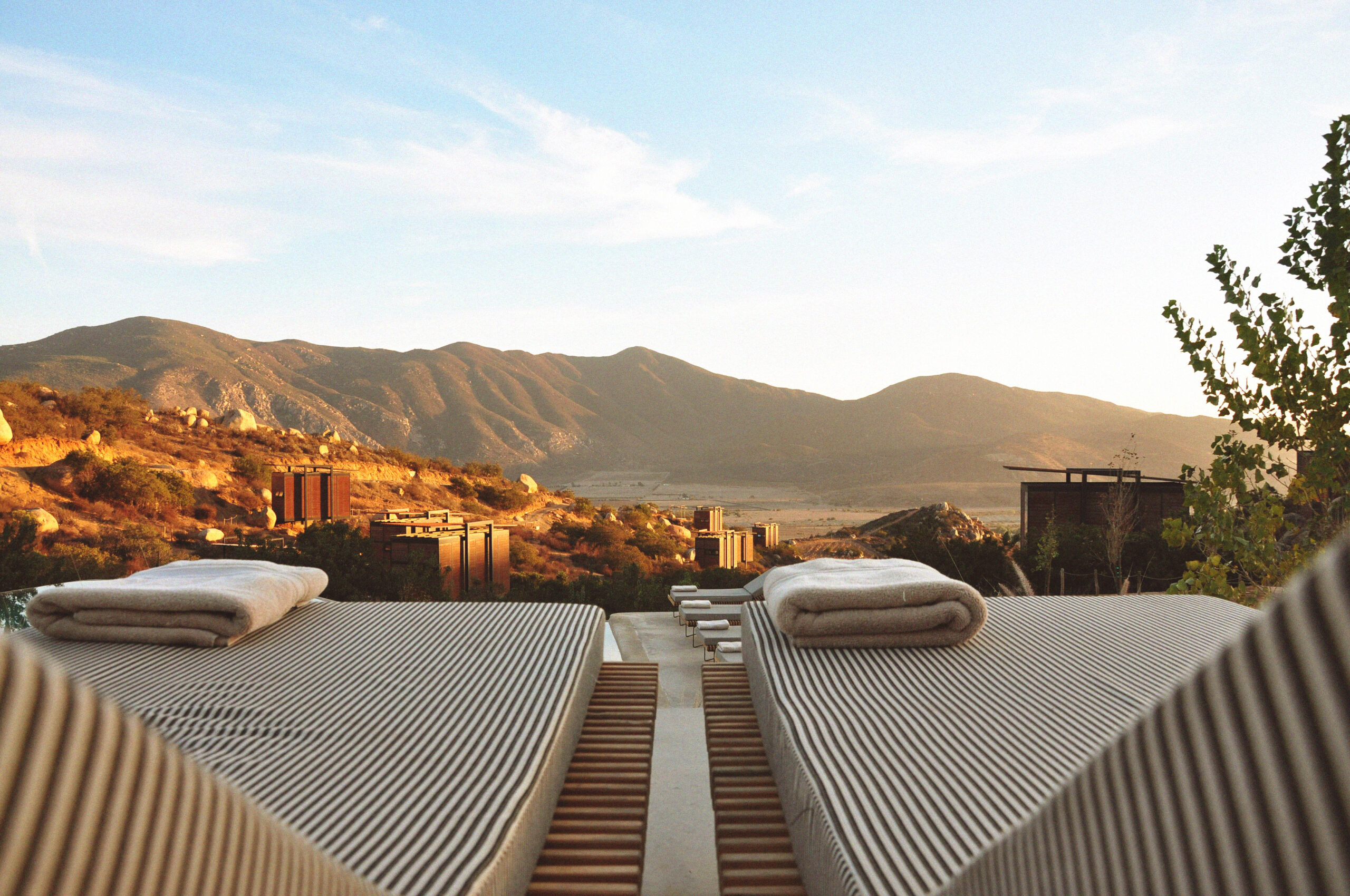
More Meaning, Less Stuff: The Changing World of Luxury
Luxury is changing. Once defined by shiny objects and exclusivity, it now reflects something deeper.
by İzlem Arsiya
In 2024, global luxury spending has steadied at €1.5 trillion ($1.54 trillion), with growth staying flat, according to the Bain & Co Global Luxury Report 2024.
People are looking beyond material goods and toward experiences and values. Luxury isn’t disappearing; it’s redefining itself for a more thoughtful world.
A Market in Transition
For the first time since the pandemic, personal luxury goods—like designer handbags, watches, and couture—are seeing a 2% drop, totaling €363 billion ($372 billion). The luxury consumer base is also smaller, with 50 million fewer buyers globally.
Yet, one sector is thriving: luxury experiences.
Now making up two-thirds of the market, experiences like private chef dinners, wellness retreats, and cultural tours are replacing traditional status symbols.
The story is clear: luxury is moving from “what you own” to “how you live.”

The Global Luxury Landscape
Across the globe, luxury tells different stories:
- China: Sales have dropped by 20%, with cautious spending and evolving policies, but brands see long-term potential.
- Japan: A standout, with double-digit growth driven by strong consumer confidence and timeless tastes.
- Europe & the US: Growth is slow, tempered by inflation and careful spending.
What’s Shaping the Future of Luxury?
The luxury market is evolving to reflect personal values and deeper connections, driven by three key trends:
- Experiences Over Possessions: Today’s luxury is about creating memories, not just owning things. Exclusive safaris, private retreats, and cultural deep dives are the new markers of status.
- Sustainability: Circular fashion, ethical sourcing, and resale platforms are making eco-consciousness as stylish as exclusivity.
- Tech Innovation: Digital platforms are redefining how we shop, with tools like AR try-ons, virtual stores, and personalized experiences becoming the norm.
At the same time, middle-class consumers are spending less, pushing brands to focus on ultra-wealthy buyers. By 2026, Bain & Co. predicts 5-7% annual growth, as brands lean into sustainability, digital strategies, and regionally tailored offerings to stay relevant and competitive.


